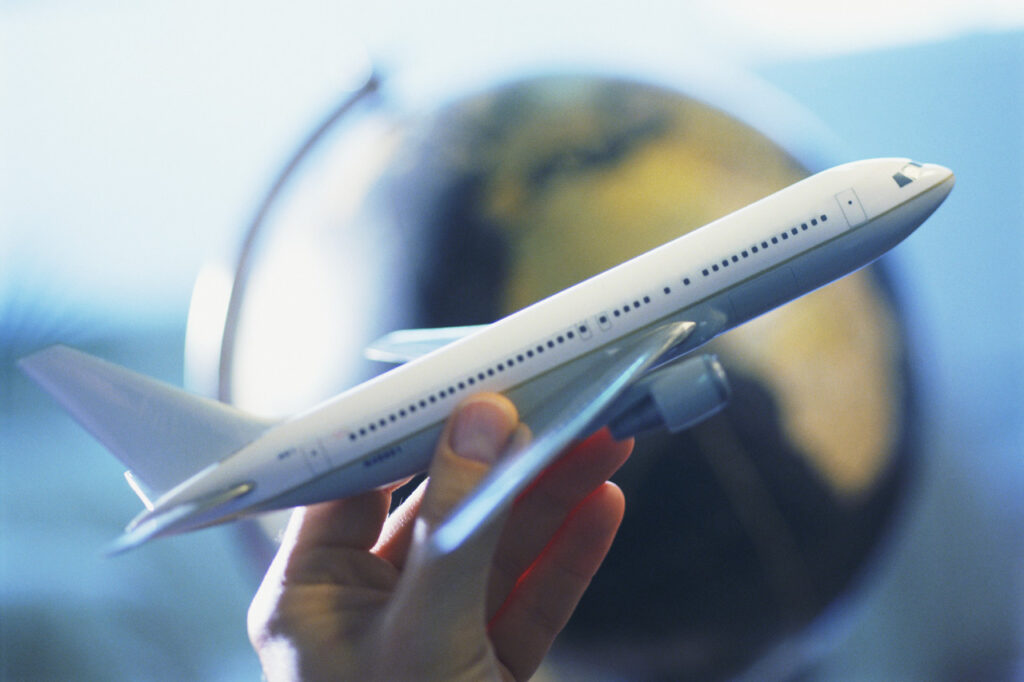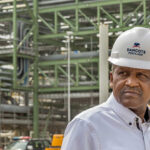
Notably, global aviation has been angling for alternative fuels that leave less carbon footprints on aircraft trails. They have been experimenting with the use of cooking oil, ethanol, synthetic fuel, and hydrogen, among others to gradually become the new aviation fuel by 2050.
But according to the International Energy Agency (IEA), “increasing SAF use from less than 0.1 per cent of all aviation fuels in 2021 to around 10 per cent by 2030 in line with the Net Zero Scenario will require investment in production capacity and new policies such as fuel taxes, low-carbon fuel standards and mandatory blending.”
Indeed, volumes of SAF from waste are currently limited, while renewable synthetic kerosene “is relatively far” from commercialisation, with cost driven by the sources of CO2 and green hydrogen. But synthetic SAF is also highly scalable and has a far superior carbon balance than biofuels, the IEA noted in a report tracking progress in the aviation sector.
Some oil supermajors have started investing in and producing SAF, including France’s TotalEnergies and the UK’s BP.
Last year, TotalEnergies launched SAF production at its Normandy platform, adding to the bio-jet fuel production capacities of La Mède bio-refinery and the Oudalle plant. The supermajor also signed in December 2022 an agreement with Air France-KLM for the delivery of more than one million cubic metres/800,000 tons of SAF by TotalEnergies to Air France-KLM Group airlines over the 10-year period from 2023.
BP, for its part, signed a deal in 2022 to supply DHL Express with sustainable aviation fuel until 2026 as part of a new strategic collaboration with the global logistics company.
Last month, United Airlines launched a $100-million investment vehicle to support start-ups developing and exploring the production of sustainable aviation fuel in an effort to accelerate the research, production, and technologies associated with SAF.
However, “Despite growing interest and targets from the aviation industry, SAF supply remains scarce and highly concentrated among a few producers. A multitude of projects to bring new capacity online are planned for the next five years,” BloombergNEF said in a report last year.
If those projects start producing SAF, the fuel’s output capacity could exceed 2.5 billion gallons by 2026, according to BloombergNEF.
Yet, this would be just a fraction of the around 100 billion gallons aircraft around the world use every year, or at least they used to before the pandemic. The current rebound in air travel and jet fuel demand is expected to continue, so demand for fuel for planes is set to grow and exceed pre-pandemic levels.
The problem is that SAF cannot supply enough fuel to make a difference in the global airline fleet in the short term.
SAF “is the most promising lever known today to accelerate progress toward a net zero future – it can use the existing fuel infrastructure to get it to airports and is safe to use in current aircraft engines,” Delta said recently, outlining its roadmap to more sustainable air travel.
“Unfortunately, there isn’t enough SAF today to fuel an airline Delta’s size for a single day,” the airline stated.
“There was at least triple the amount of SAF in the market in 2022 than in 2021. And airlines used every drop, even at very high prices! If more was available, it would have been purchased,” said Willie Walsh, IATA’s Director General.
“That makes it clear that it is a supply issue and that market forces alone are insufficient to solve it. Governments, who now share the same 2050 net zero goal, need to put in place comprehensive production incentives for SAF,” Walsh added.






